
by Leslie Moldenauer | | Cleansing, Essential Oils, Garden
Clean-Air Plants For Your Home. Would you be surprised if I told you that the air in your home was more polluted than your outdoor air? Unfortunately, it is true. According to the EPA, indoor air contains 2 to 5 times more contaminants (1). As stated by Web MD, indoor air pollution is one of the most serious environmental threats to your health, yet no agency can regulate it, and few studies have been done about its effects on your health (2).
Why is our air so toxic? Every single piece of furniture, carpet, shower curtain, in your home is outgassing. Outgassing is releasing chemicals into the air; potentially hazardous VOCs (Volatile Organic Compounds) The synthetic wood, glue, fabric, vinyl, and cushioning are, in effect, evaporating various gases into the air we breathe. Common VOCs found in homes include aldehydes, alcohols, plasticizers, aromatics, alkanes, toxic fire retardants and formaldehyde (3).
You can reduce some of the outgassing by using zero VOC paint (keep in mind adding the color pigment is a VOC), and stick to real wood furniture. (no MDF) Organic mattresses are a great idea considering you spend about 1/3 of your life on your mattress. All store bought mattresses are FULL of chemicals and flame retardants. For this reason, I do not skimp on pillows, mattresses, and bedding; I go organic.
Get yourself a good quality HEPA air filter. This will remove pollutants from the air such as: pet danger, dust mites, pollen and smoke. These still do not address the outgassing. For this I recommend houseplants. Many houseplants moonlight as effective purifiers. Here are my top recommendations:
English Ivy
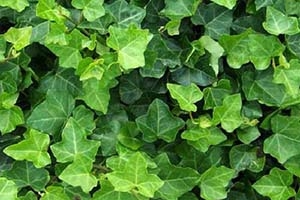
Royalty Free Image
This hearty, climbing vine thrives in small spaces as well as rooms with few windows or little sunlight. So it is quite easy to take care of.
How it Helps: Its aids in the absorption of formaldehyde—which is stated to be the most prevalent indoor pollutant (4).
Concerns: Not safe for animals of children. If you choose to have one, make sure you hang them up and out of their reach, cleaning up fallen leaves immediately.
Peace Lily
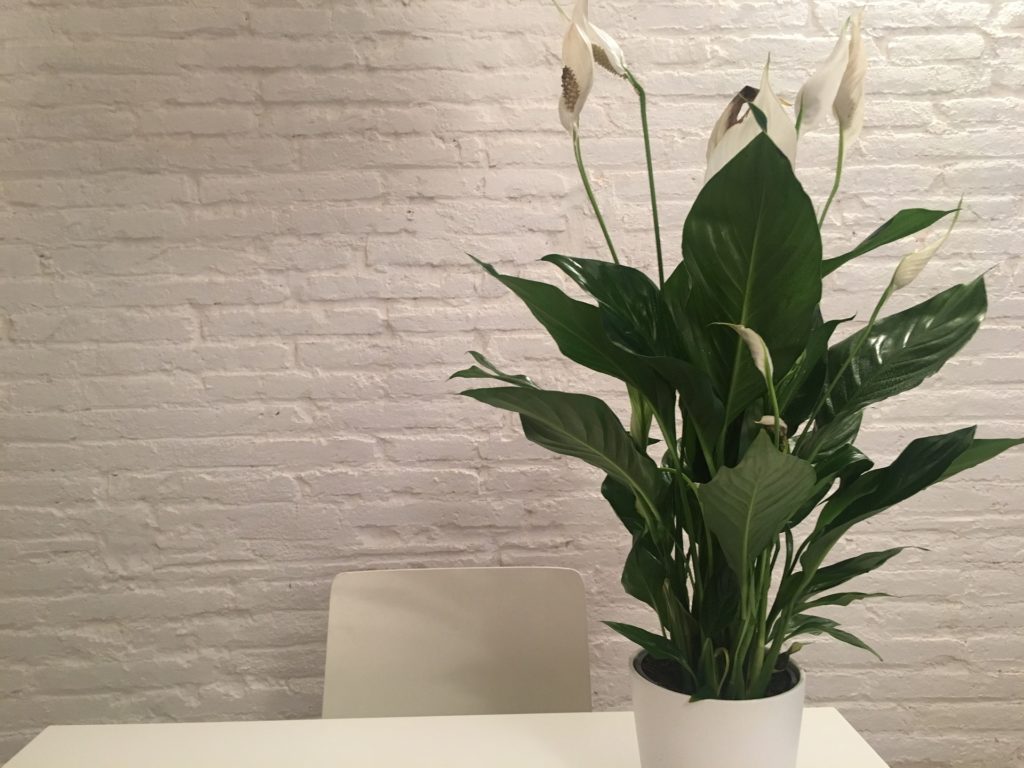
Royalty Free Image
The Peace Lily is a great air purifier that produces dainty white flowers. It will require more water than other houseplants, so a bit more care is required for this plant.
How it Helps: This beauty rids the air of the VOC benzene, which is a carcinogen (5).
Concerns: Like English Ivy, Peace Lily is not for furry friends.
Lady Palm

Royalty Free Image
An easy-to-grow plant, the Lady Palm has leaves patterned like a fan. It is one of my favorite houseplants as it is really hardy, and it my cat decides a leaf should be lunch, it does not result in an upset belly or worse.
How it Helps: This plant targets ammonia in the home. If you are really strict about green cleaning, ammonia is not likely to be in high quantities in the home. Follow the link below to find out where you might find it (6).
Boston Fern
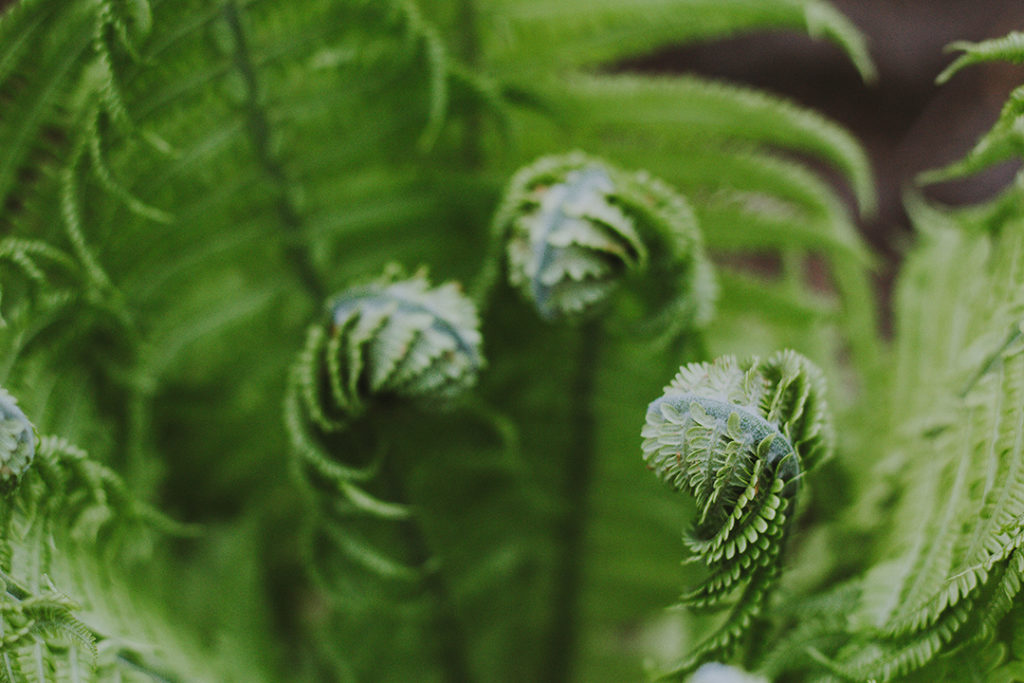
Royalty Free Image
The Boston Fern that is best in a hanging basket, but if not cared for, it will die fast. It requires humidity and moisture. It will drop leaves fast without it. It’s considered one of the most efficient air purifiers!
How it Helps: According to NASA, “Ferns work by absorbing formaldehyde, benzene, trichloroethylene, xylene, and toluene and reducing peoples’ exposure to those nasty airborne chemicals” (7).
Snake Plant
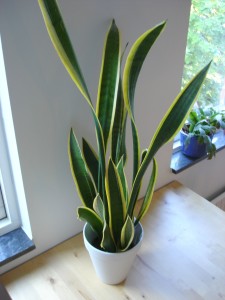
Image courtesy of DenGarden.com
Also known as mother-in-law’s tongue, this plant does not require too much sunlight or water to thrive.
How it Helps: The Snake Plant lowers carbon dioxide, as well as formaldehyde and benzene (8).
Concerns: Not safe for furry friends.
Spider Plant
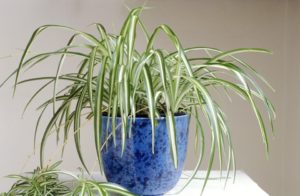
Image courtesy of thespruce.com
Lastly is the Spider Plant. Another favorite as it is safe for my cats. It does require care, not a plant that you can set it down and forget it. It needs some direct light and plenty of water. Can also work as a hanging plant.
How it Helps: According to a NASA clean air study, “spider plants can filter formaldehyde, xylene, and toluene from the air” (9).
As you can see there are many options for houseplants to remove harmful VOC’s in the home. Please double check and make sure what you choose is appropriate for children as well as pets.
References
(1) Introduction to Indoor Air. Retrieved from https://www.epa.gov/indoor-air-quality-iaq/introduction-indoor-air-quality
(2) Having a Bad Air Day? Improve Your Indoor Air Quality. Retrieved from https://www.webmd.com/women/features/indoor-air#1
(3) 10 surprising sources of off-gassing in your home, and what you should do about it. Retrieved from https://www.treehugger.com/green-home/10-surprising-sources-gassing-your-home-and-what-you-should-do-about-it.html
(4) Indoor air pollution: An evaluation of three agents. Retrieved from http://enhs.umn.edu/current/5103/air/formaldehyde.html
(5) Benzene. Retrieved from https://toxtown.nlm.nih.gov/text_version/chemicals.php?id=5
(6) Which Cleaning Products Contain Ammonia? Retrieved from https://www.hunker.com/12207552/which-cleaning-products-contain-ammonia
(7) Ferns, clean air, & NASA. Retrieved from http://www.casaflora.com/media-2/ferns-are-clean/
(8) Snake plant, everything you need to know. Retrieved from https://www.rollingnature.com/blogs/news/snake-plant-everything-you-need-to-know
(9) NASA Clean Air Study. Retrieved from https://en.wikipedia.org/wiki/NASA_Clean_Air_Study
BEFORE YOU GO! Remember to sign up for my FREE Facebook group! Hang out with me and THOUSANDS of other Essential Oil lovers looking to learn, click on to join Real Essential Oil Education Group!
Check out my FREE offer below!
Please note that I am not a medical practitioner. The content of this website is provided for general informational purposes only and is not intended as, nor should it be considered a substitute for, professional medical advice. Do not use the information on this website for diagnosing or treating any medical or health condition. If you have or suspect you have a medical problem, promptly contact your professional healthcare provider. By using this website, you assume full responsibility and liability for your own actions.
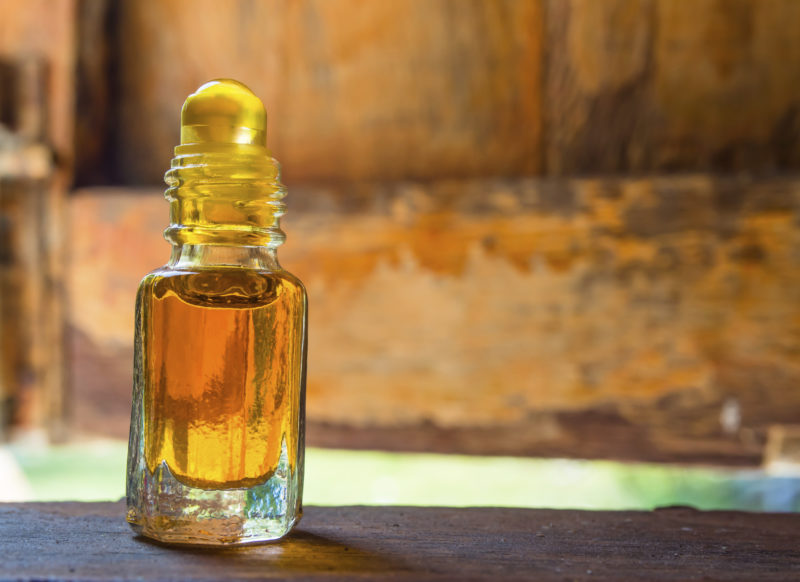
by Leslie Moldenauer | | Body, Cleansing, Essential Oils
Abhyanga, or annointing yourself from head to toe with warmed oil, is an ancient form of self-love, and is a beautiful practice to do every day for well-being and �longevity. �
Depending on the type of oil you use, you will likely want to do this before a shower. Your blend will also dictate whether you use it before you start your day-invigorating, or before bed-for restful sleep.
There is not “one” way to accomplish the goal. This daily �practice is said to balance the dosha’s in Ayurveda, and keep you incredibly grounded in the present.� (Link below for more details on the doshas)
“The body of one who uses oil massage regularly does not become affected much even if subjected to accidental injuries, or strenuous work. By using oil massage daily, a person is endowed with pleasant touch, trimmed body parts and becomes strong, charming and least affected by old age”
Charaka Samhita Vol. 1, V: 88-89 (One of the Great ancient texts of Ayurveda)
Make sure you are in a warm, comfortable space. If you enjoy a piece of music, now would be a good time to play it. You “can” run the diffuser, but since you are making up a massage oil blend, it is not necessary. Do not leave any body part out.
Move slowly with �intention in circular strokes, chopping motions, whatever feels good. Do not make this a mindless practice, stay present and �feel all there is to feel.
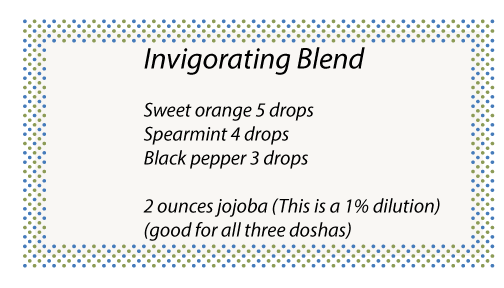
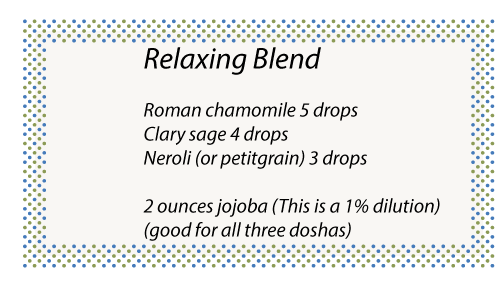
***As I am not aware of your medical condition, please be sure to research the oils listed to make sure they do not have any contraindications for you.
Click here for more self-care tips incorporating mind body balance and aromatherapy.
References:
Benefits of Abhyanga
Understanding the Doshas
Please note that I am not a medical practitioner. The content of this website is provided for general informational purposes only and is not intended as, nor should it be considered a substitute for, professional medical advice. Do not use the information on this website for diagnosing or treating any medical or health condition. If you have or suspect you have a medical problem, promptly contact your professional healthcare provider. By using this website, you assume full responsibility and liability for your own actions.

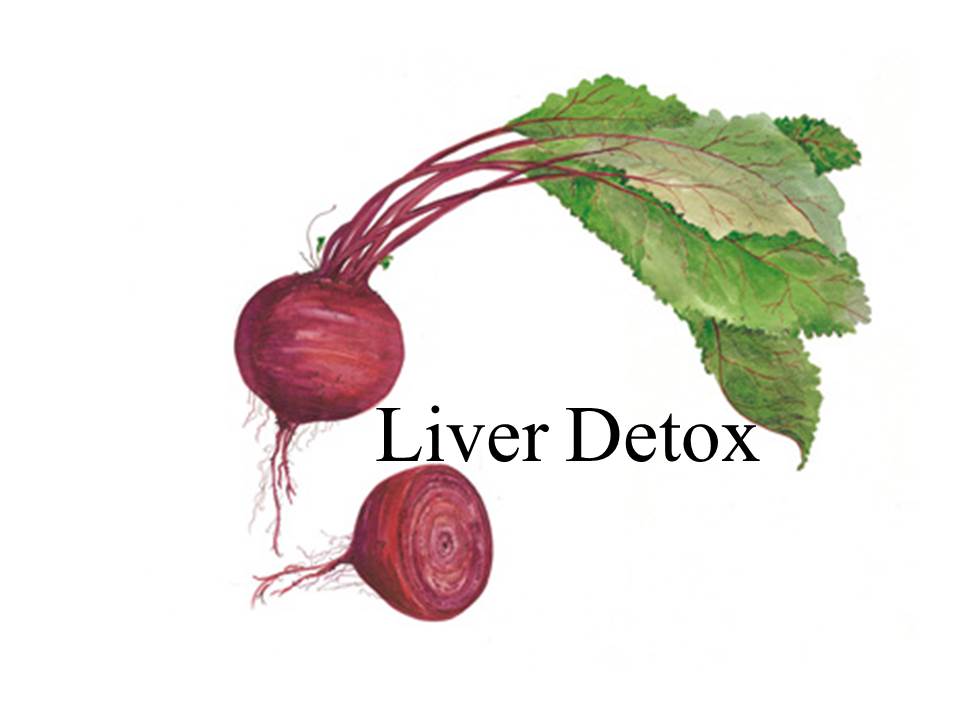
by Leslie Moldenauer | | Body, Cleansing
The liver is THE hard-working organ in the human body and the second largest; the first being our skin. It performs many functions that are vital to life. The liver is responsible for hundreds of processes in the body; yes you read that right! By far the most important function is that of detoxification.
The liver is one of the most important organs in the body when it comes to detoxifying toxins, but not the only one. The liver converts fat soluble toxins into water soluble substances that can be excreted in the urine or the bile. Many of the toxic chemicals that we encounter in our environment, food, beauty products, etc. are fat-soluble, which means they dissolve only in fatty or oily solutions and not in water. This makes them difficult for the body to excrete. What happens if they are not excreted in a timely manner from the body? They are stored…sometimes for YEARS only to be released during times of intense exercise, extreme stress or juice/water fasting. During the release of these toxins, several symptoms such as: headaches, poor memory, stomach pain, nausea, fatigue, dizziness and palpitations can occur.
In addition to the role of detoxifier; the liver also plays an important role in:
- Cleansing your blood and returning it to the heart
- The liver stores glucose when it is in excess after you eat and releases that glucose in the blood when needed. This is an important function which when impaired during liver disease, results in hypoglycemia (low blood glucose).
- Liver plays important role in hormonal modification and inactivation. Liver stagnation may cause hormonal imbalances, particularly excess estrogen.
- Most drugs are metabolized by the liver.
IF the liver is overloaded with toxins and unable to function at optimal levels, “liver stagnation” can result in:
- Abdominal bloating
- Anxiety
- Irritability
- Menstrual disorders
- PMS disorders
- Stress disorders
- Chronic fatigue
- Inability to lose weight
- Sensitivity to chemicals
So what can you do?
The first step is to remove or reduce exposure to toxic food and drink:
- Alcohol
- Preservatives
- Dyes
- Pesticides and Fertilizers
- Heavy metal in large fish – stick to wild caught salmon
- Contaminated water – invest in a filtration unit
- Chlorinated and brominated products (found in almost all commercially produced breads and bread products)
- Switch to non-toxic and plant-based, cleaning and personal care products such as vinegar, lemon juice and essential oils
- Your skin is the largest organ of your body so do not put anything on your body that you would not put in your body

The second step is to pay attention to what you do eat:
- Eliminate processed foods, simple carbohydrates and sugar. A good motto is “Do not eat from a box.”
- Focus on eating more organic produce.
- Eliminate toxic, poor quality fats like canola oil, soybean oil, corn oil.
- AVOID GMO’s. Do not eat animal products from animals fed genetically modified feed such as soy, corn, and wheat.
- Eat the rainbow of fruits and vegetables every day. Aim for a minimum of 60% of your daily intake of food to be raw.
Let’s talk some specifics….
Lemon juice
The juice of half a lemon in hot water first thing in the morning is a perfect way to start the day; and is an excellent wake up call for the liver. The sourness of lemons triggers nerve and hormone activation to the liver and digestive system. Hot lemon water is also very helpful for those who suffer from sluggish bowel.
Beets
Beets are amazing for liver detox. They have the ability to help thin your bile, which allows the body to detox more efficiently. A common problem is sluggish/stagnant bile flow. Regular beet consumption (and a wealthy diet) can help strengthen natural detox!
Turmeric
Turmeric is superb for inflammation of all kinds in the body; liver included. Cooking with it is helpful, but not enough in this circumstance and a quality supplement is recommended.
Dandelion Root Tea
Dandelion root is excellent for liver health. It works by promoting the flow of bile and purifying out blood. It is a great alternative to coffee.
Milk Thistle
Milk thistle (silymarin) is a flowering herb related to the daisy and ragweed family. (Those allergic to ragweed should avoid) Milk thistle helps to purify the liver. Some reports suggest milk thistle may offer a possible benefit for people whose liver is damaged by industrial toxins, such as toluene and xylene. (WebMD)
Brussel Sprouts
Brussels sprouts are high in sulfur, which helps to remove toxins from the blood. Eating a serving or two of brussel sprouts daily will help sponge out toxins – whether they’re environmental or dietary. These little sprouts also boost glucosinolate, an antioxidant that forces the liver to release enzymes that block damage.
Glutathione rich foods
Carrots, tomato, grapefruit, walnuts, cooked spinach, and avocados are rich in glutathione; a protein that helps to detoxify the liver. Glutathione sticks to the toxins and sweeps them out of the body very efficiently.
As you can see, if you are showing signs of liver stagnation, there are plenty of things that you can do to help rectify the situation. Our body has amazing healing powers when we support it properly.
http://www.webmd.com/heart-disease/milk-thistle-benefits-and-side-effects
Please note that I am not a medical practitioner. The content of this website is provided for general informational purposes only and is not intended as, nor should it be considered a substitute for, professional medical advice. Do not use the information on this website for diagnosing or treating any medical or health condition. If you have or suspect you have a medical problem, promptly contact your professional healthcare provider. By using this website, you assume full responsibility and liability for your own actions.


















